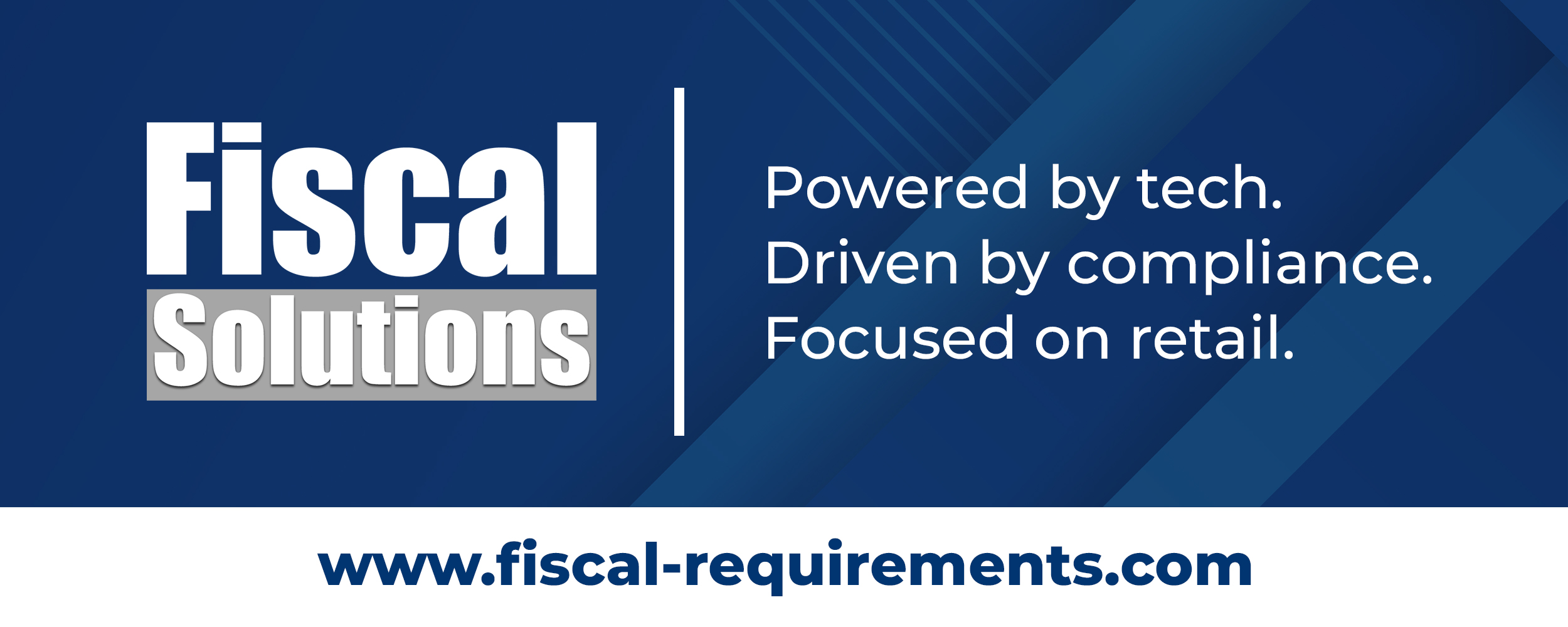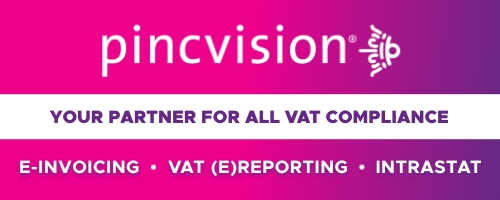Input on E-Invoicing & DRR
I. E-invoicing and digital reporting requirements
I.I E-invoicing
Digitalising the issue and receipt of invoices is to be welcomed and should bring EU and non-EU taxpayers into close alignment for intra-EU supplies.
The proposal for one minimum invoicing standard across the EU is also to be welcomed, providing taxpayers certainty of the transmission of their data. However, implementation of such widespread change is not as easy as it appears, and we would like to highlight the following issues:
- 1) The shift from, mainly, manual to fully electronic invoicing may increase disproportionately the administrative burden on the following groups of taxpayers:
a. Micro enterprises
b. Small and medium sized enterprises
c. Not-for-profit bodies
Consequently, we would recommend that there be a phased approach or initial exemption for those taxpayers that will find it difficult to upgrade (or even implement) their information technology (“IT”) systems in the time frame proposed by the Commission. - 2) Larger enterprises that do already use e-invoicing will need at least one year’s notice of
the final coding for the invoice data in order to upgrade their IT systems. Some may require more than this time frame as IT budgets are often agreed more than one year ahead of change. - 3) Software houses will need the EU standard code as soon as possible in order to amend/upgrade existing software to be compliant.
- 4) Having mandatory e-invoicing for intra-community supplies but optional e-invoicing for domestic transactions may be too complex for a significant number of taxpayers listed at 1) above.
It is not clear that the domestic supplies would be accepted by the tax authority systems if a taxpayer were to opt for e-invoicing under the EU standard for all transactions. - 5) The window for providing data is very short at two working days and we are aware that those Member States having already adopted e-invoicing solutions, with longer submission windows, have experienced difficulties with compliance.
- 6) There is an inherent mistrust of data transmission and security within the business community, particularly where bank account details are being proposed as an additional dataset in the electronic invoices. Having said this, we are aware that certain businesses do include bank account details on their invoices that are emailed to customers, which is inherently less safe than secure data transfer! The communications around cyber-security for transmitting data under the EU standard will need to be carefully considered.
- 7) Whilst it is envisaged that the EU standard will be the basis for e-invoicing and digital reporting, several Member States have already introduced, or are about to introduce, their own standards for e-invoicing and digital reporting. This could lead to businesses needing to make several changes in a relatively short space of time in order to be compliant with the individual Member State’s requirements upto the end of 2027 and then to move to a more widespread EU standard from 2028 onwards.
The proposals mention that Member States can have their own systems running in parallel with the EU standard from 2027, but this does not address the issue that businesses may have several systems running at the same time as the EU standard or may face “teething problems” when swapping from one standard to another in order to rationalise the number of systems changes they would need. Recent experience has shown that major industrialised countries administrations also have significant difficulties in implementing and maintaining complex IT systems.
I.II Digital reporting requirements (“DRR”)
Digital reporting of transactions is to be welcomed as it should reduce fraud, particularly where the supplier is not established in the same Member State as the recipient of the supply. However, we have some reservations as follows:
- 1) The time frame is an issue, particularly where the supplier is not established in the EU, as they may be unaware of their obligations.
- 2) Where the two working day window straddles a public holiday or weekend, it is conceivable that the time frame may be overlooked. In addition, each Member State has a significant number of different public holidays, so a consistent definition of “working days” or a list of non-working days in each Member State may be required to be published. One answer may be to have a 5 or 7-day window for the submission of data, as it is unlikely that public holidays combined with weekends would be this long in practice.
I.III Summary invoices
Article 223 of Directive 2006/112/EC currently allows businesses to issue ‘Summary’ invoices. This provision is deleted from 1 January 2028 for both intra-EU and ‘domestic’ supplies leading to a very substantial increase in the numbers of invoices to be issued (one per transaction) with the resulting increase in reconciliation exercises having to be carried out. Whilst we understand the need to have very granular levels of data for intra-EU supplies to achieve the important objective of reducing VAT fraud, would it be possible to retain article 223 in relation to supplies on which VAT is charged?
Source International VAT Association
Input by other organizations into the public consultation
- EESPA
- InHouse Tax Forum (Belgium)
- Italian Banking Association (ABI)
- ETNO/GSMA
- DATEV eG
- Siemens AG
- Sovos
- EuroCommerce
- Inter IKEA Group
- FedEx Express
- IDW Institut der Wirtschaftsprüfer in Deutschland e.V.
- EU Travel tech
- Business Europe
- MDDP
- PwC
- TEI
- EFAMA
- INDEPENDENT RETAIL EUROPE
- Finnish Commerce Federation
- DIGITALEUROPE
- ETAF
See also – The Library of VAT in the Digital Age (VIDA)
Join the LinkedIn Group on ”VAT in the Digital Age” (VIDA), click HERE
Follow us on
Latest Posts in "European Union"
- Impact of New EU VAT Framework on Italian Distance Sales and Imported Goods
- CJEU to Rule on Danish VAT Group Ownership Law Compatibility with EU Directive
- EU Mandates Textile EPR: Brands Must Adapt to New Waste Framework Directive
- AG’s Opinion in Lyko Case: New Perspectives on VAT Treatment of Loyalty Programs
- VAT Compliance for Online Sellers: Essential Tips for Digital Goods

















